I handed over $172 to my favorite bulk store this weekend. In exchange, I crammed my shopping bags with various flours, oats, rice, sugars, maple syrup, chocolate, nuts, seeds, tofu (yes, bulk tofu!), oils, spices, my favorite tea from China (I stocked up before the import taxes kicked in) and more.
And yet, although I did bring home all kinds of scrumptious food, the bulk store buys nothing from me. NO FAIR! My household now runs a trade deficit with the store.
If you’d like to reduce your household’s trade deficit with the grocery store, buy less stuff there. Try the following.
1. Freeze food before it heads south
“Reducing waste is too much work!” I hear this criticism occasionally and do admit that cooking certainly requires more time than tossing. But here’s a quick tip: Use your freezer more.
You can freeze all kinds of food before it goes bad: bread, breadcrumbs, pizza dough, excess flour, nuts, cheese, milk, butter, cooked beans, eggs (whisk first!), fruit, vegetables (some keep better if blanched first), leftover soup and pesto and spaghetti sauce and on and on and on.
When my daughter MK visits, she sometimes brings brown bananas and plops them whole into the freezer. (Or, if you have more time, fill containers with mashed bananas and freeze.)
The more you freeze, the less you toss and the less you spend.
Go here for freezing food in jars.
2. Get creative with substitutions
By creatively using what’s on hand, you’ll make fewer trips to the grocery store and save money not only on that one missing thing that prompted the trip but also on the things you may not need but buy anyway.
While vinegar substituted for lemon juice works well in savory dishes, you wouldn’t want to make that swap in lemon curd. Other substitutions work so well that no one will detect them.
Ground up oats make a good swap for breadcrumbs.
To “make” 1 cup of cake flour, whisk together ¾ cup of all-purpose flour with 3 tablespoons cornstarch or arrowroot powder.
Buttermilk or sour cream often work in place of yogurt in baking.
Oregano, marjoram and thyme can be used pretty much interchangeably.
When you’ve run out of rice for the side of chana masala or dal or stir fry, sub in other grains like barley, bulgur, millet, quinoa or wheat berries.
A flaxseed meal egg makes a pretty great egg replacer in cookies. To replace 1 large egg, combine 1 tablespoon of flaxseed meal with 3 tablespoons of water. Let sit for 5 minutes to gelatinize before using.
3. Cook leaf to stem
I made the small batch of heretical kimchi pictured below by swapping out Napa cabbage for cauliflower leaves.
The leaves from a largish head weighed almost 1/2 pound (222 grams). I roughly chopped them up, placed them in a bowl along with about 1/4 cup of shallots and 1 teaspoon (5 grams) of salt. After mixing and crushing the vegetables with my hands, I then weighed them down with a heavy jug for an hour to draw out water.
Next, I mixed in 2 cloves minced garlic, 1 tablespoon minced ginger and 1 tablespoon gochugaru. I packed everything into a clean jar and placed a weight on top to submerge the mixture in liquid. After the active fermentation (4 days in winter), I moved the jar to the refrigerator, where it will keep for many months.
Go here and here for more ideas to cook various scraps.
4. Avoid specialty ingredients you may never use again
Many a refrigerator side door contain jars of condiments or specialty ingredients missing one spoonful that went into one recipe, never to be opened again. If a recipe calls for one of these—let’s say, prickly pear syrup—and you don’t think you’ll use prickly pear syrup again, try to swap it out for something you already have on hand. You’ll also free up space in your refrigerator or cupboards.
5. Grow a bit of food if possible
Do you have access to a yard? Consider planting a fruit tree. You plant it once, wait a few years for it to bear fruit and then harvest free food for years and years to come. Or plant herbs. I don’t grow a ton of food but we have a few fruit trees, berry plants, several artichoke plants (they have babies every year) and herbs.
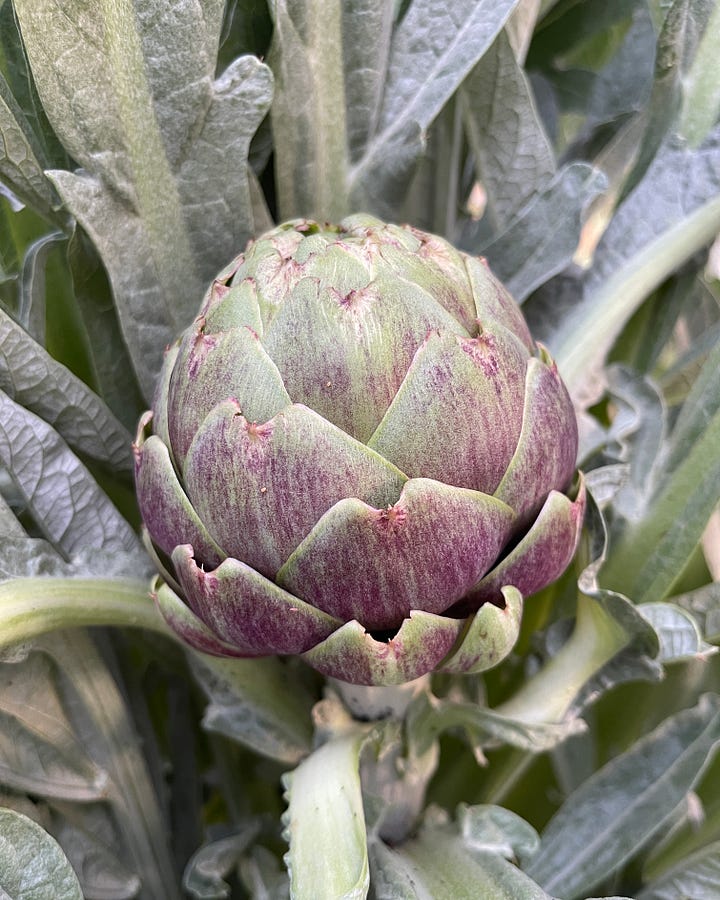

6. Forage food safely
Be sure you can identify a plant before you eat it! Choose from many useful foraging guides to help you forage safely. Here in Northern California, I may find elderberries, blackberries, prickly pear, mint (so much mint), nasturtiums leaves and flowers, miner’s lettuce and of course, mushrooms. BE CAREFUL WHEN FORAGING MUSHROOMS (or anything really, but especially mushrooms).
The Falling Fruit website, sort of a cross between foraging and gleaning, provides an interactive map that pinpoints fruit trees and other fresh produce ripe for free picking all around the world. Check out the website here.

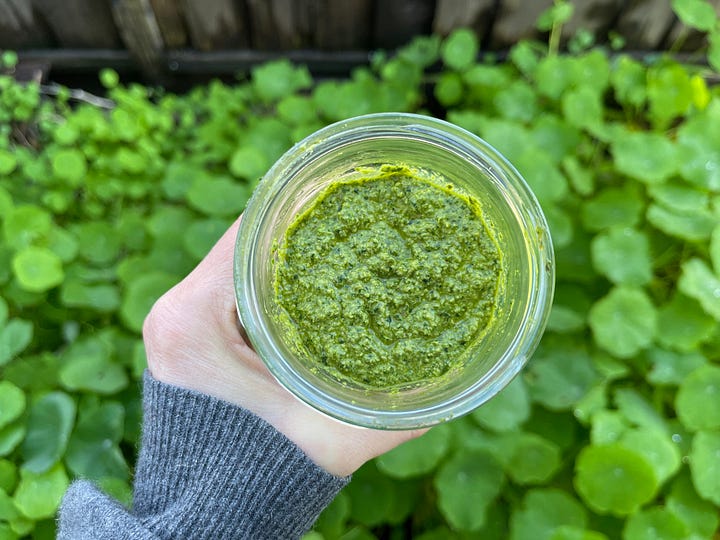
7. Eat the Clean Fifteen
You may want to splurge on pricier organic produce when buying strawberries and other produce on the Environmental Working Group’s (EWG) Dirty Dozen list. These fruits and vegetables harbor the highest levels of potentially harmful pesticide residues. But you can save money by buying the non-organic produce listed on EWG’s Clean Fifteen. These have the lowest amounts of pesticide residues.
My borscht recipe, for example, calls for cabbage (Clean Fifteen) or kale (Dirty Dozen). A non-organic cabbage may cost less than organic kale.
8. Store food in clear containers
If you can see leftovers in the refrigerator, you’re less likely to forget about them and later stumble upon their spoiled remains. Store staples the same way and you’ll see at a glance what you have on hand—and won’t inadvertently buy more of it at the store. (Opt for glass containers and your food won’t come into contact with microplastic-shedding or toxin-leaching plastic.)
9. Use a basket at the grocery store
Carts the size of small SUVs encourage us to buy more food than we can eat. Unless you have an extensive shopping list, grab a hand basket. Like our stomachs, only so much food can fit into one. In most stores, you won’t find nearly as many hand baskets as carts. They see us coming!
Bonus tip!
If you buy various househouse cleaners at the grocery store, consider switching to milder ingredients like vinegar and baking soda. You’ll save money and improve your indoor air quality. Diluted vinegar cleans windows better than anything else. Vinegar also cleans toilets well. Baking soda scours surfaces effectively for pennies. Add some vinegar for carbonation if you like.
Go here for more ideas to save money on groceries.
Bookstack
If you can’t read enough about things blowing up this week, pick up a copy of Challenger: A True Story of Disaster on the Edge of Space, by Adam Higginbothan. Or read it as a diversion. Even though we all know how the story ends, it’s a page turner.
Upcoming in-person events in California
April 13th, 11am to 1pm: Costa Mesa Donald Dungan Library, talk and cooking demo. A limited number of complimentary copies of my cookbook will be available. Go here for more info.

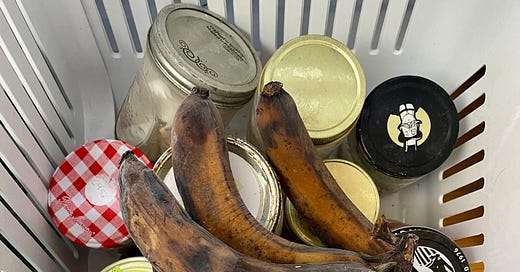




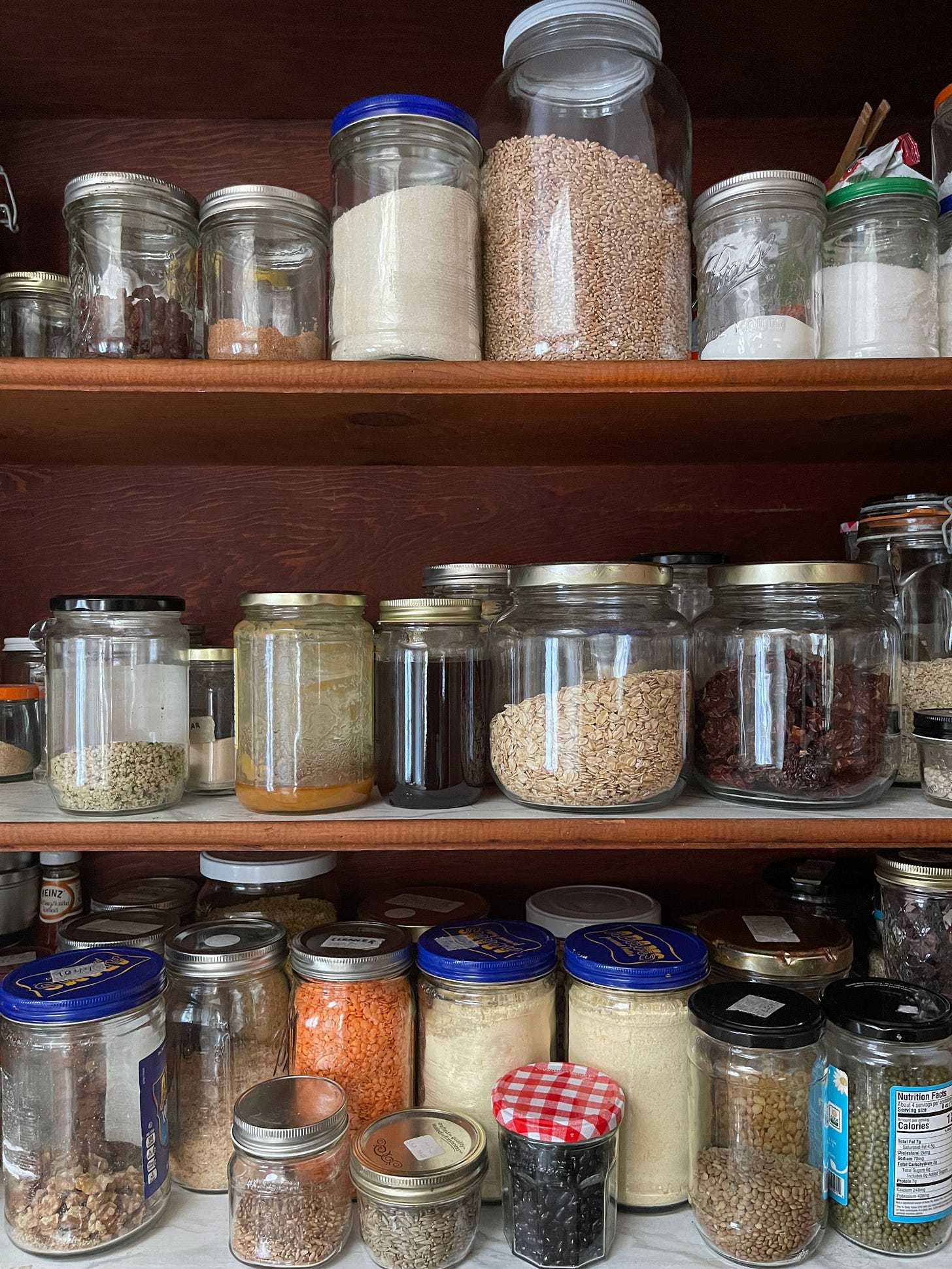
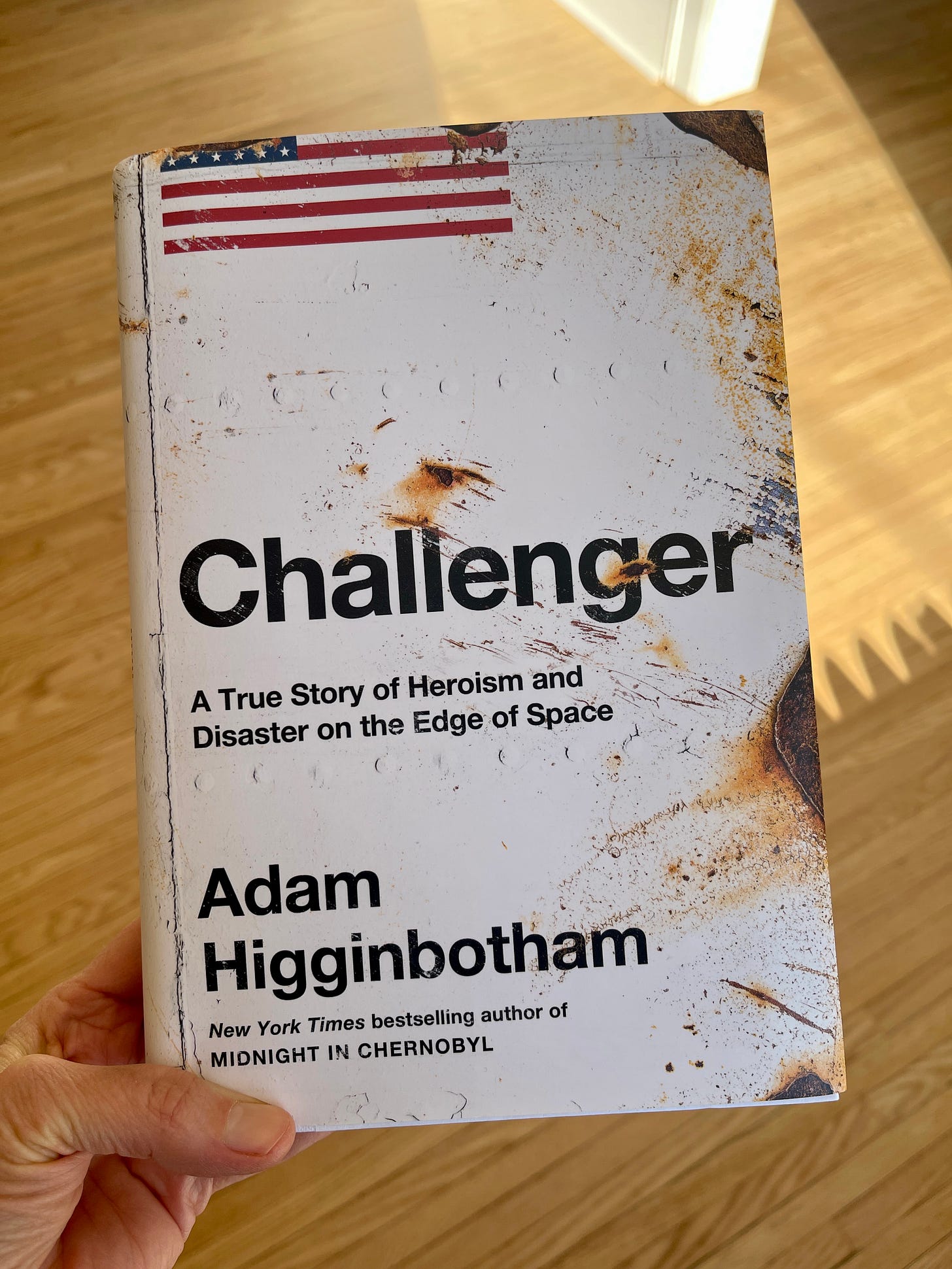

Sue, we live in a NYC co-op so our fridge is tiny relative to what most people would have in a home. I am constantly juggling to find more space in the freezer. I'm going to look into a small, free-standing, efficient freezer.
Btw, I'm halfway through CHALLENGER. I shouldn't have been surprised by the racism and male-only spirit that dominated the early days of the space program.
Great analogy. I was thinking the same thing.